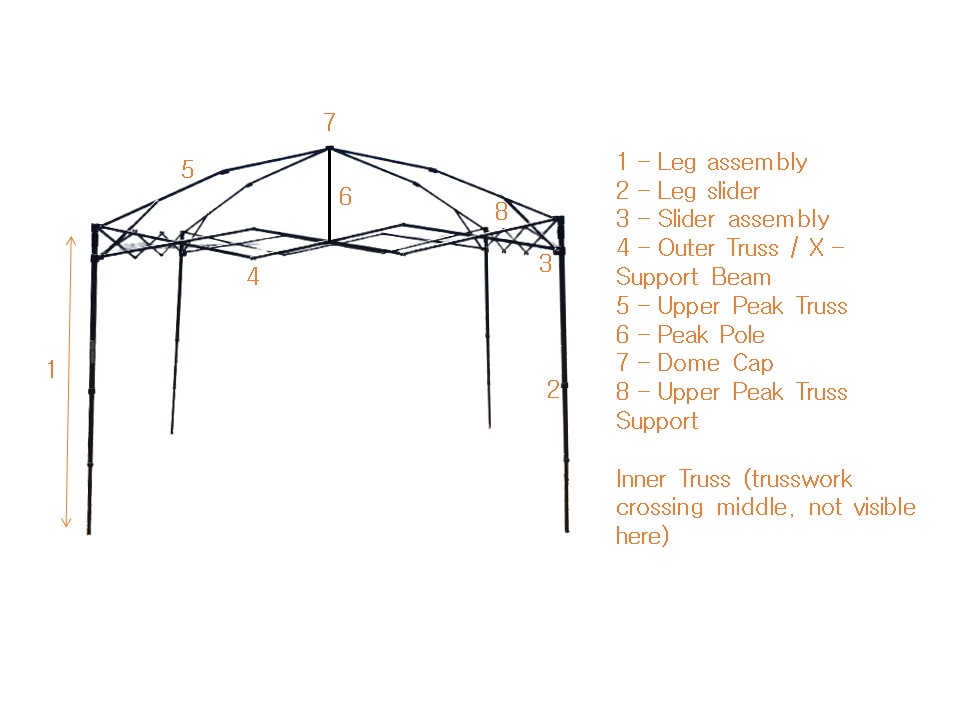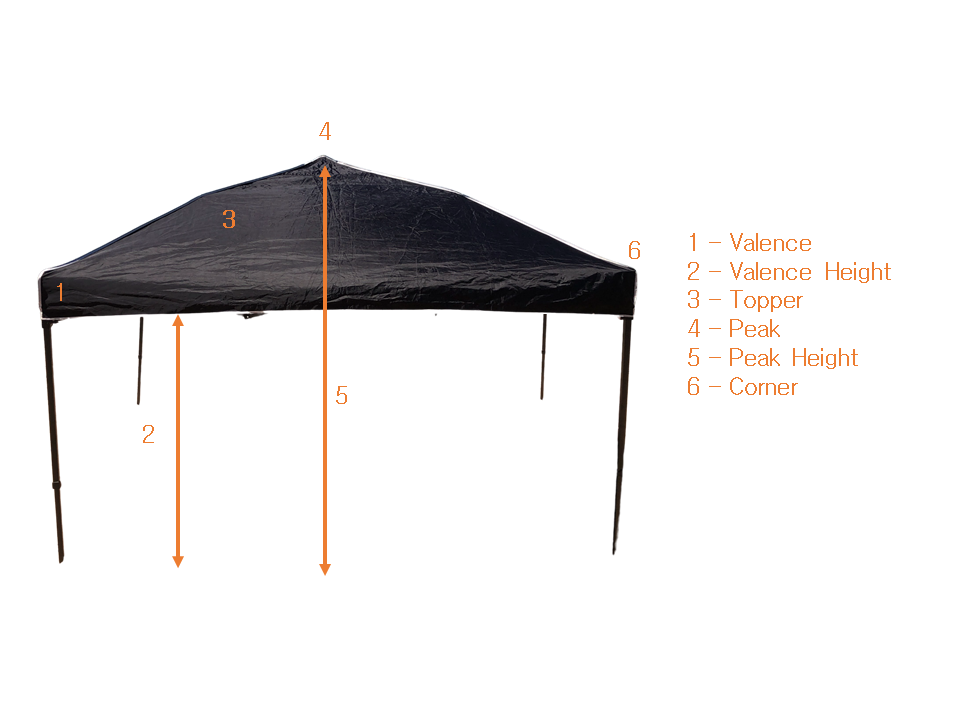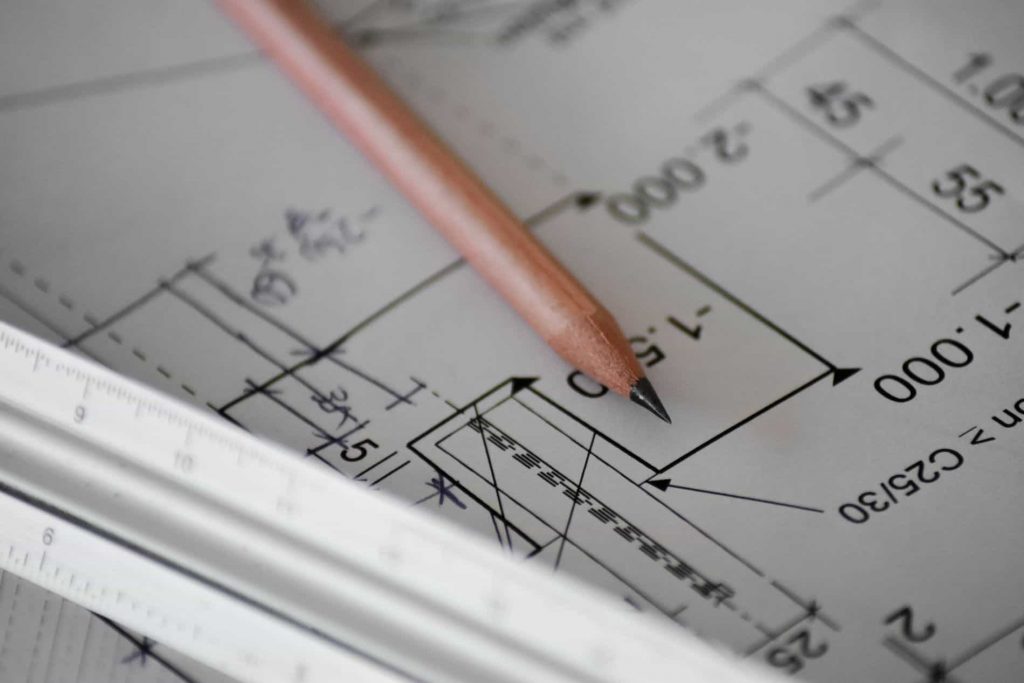The only thing more frustrating than snapping a pop up canopy component, is trying to order a new one. How do you find the spare part, if you don’t know what it’s called? I’ve drawn up a basic diagram of a pop up canopy and labelled the components, so you are across the different parts of a canopy and can sound like an expert in the process!
If you use any other names out there in industry I’d love to hear them, get in touch.
Names of canopy frame parts

Leg assembly
This encompasses the whole length of the canopy leg, including the telescopic/extendable parts.
Leg slider
The connecting adapters that allow leg segments to slide into each other. In cheaper models these are typically a simple metal button spring clip, but you can get more ergonomic styles like ring pulls.
Slider assembly
The slider assembly refers to the mechanism that allows the corners of the frame (where truss beams terminate into the endcaps) to be locked in place. In a similar vain to the leg slider, these can be simple button spring clips or more user friendly button/ring pull mechanisms.
The truss beams
These refer to the scissor like beams that extend to form the sides (Outer Truss), and in cathedral style canopies, the crisscrossing supports that go through the middle (Inner Truss).
Upper peak truss and support
In pyramid style canopies, the beams that support the roof are called the upper peak trusses. The little supporting beam that connects a upper peak truss and the
Peak pole and dome cap
In cathedral style canopies the central pole that holds up the roof is called the peak pole, and the cap that sits on top of it is the dome cap.
Names of the canopy top

Valence and valence Height
The valence area on a canopy top refers to the flat rectangular strip from the bottom edge of the canopy, up to where the top curves to create the roof. It’s the area where you would commonly have an advertising banner hanging or printed on. The valence height is the height from the bottom edge of the valence to the ground – something I like to refer to as the ‘ducking’ height (how low you have to bend to get underneath the canopy).
Topper
As the name suggests this refers to the material covering the canopy, protecting you from rain and sun. Sometimes topper refers to the whole canopy top including the valence.
Peak and peak height
No prizes for guessing this one…the peak is the highest point of the canopy. The peak height is therefore the distance from the peak to the ground. It gives you an idea of how much headroom you have underneath the canopy, which is often more than the valence height.
More resources
For more information and product reviews head over to the canopy resources page.

